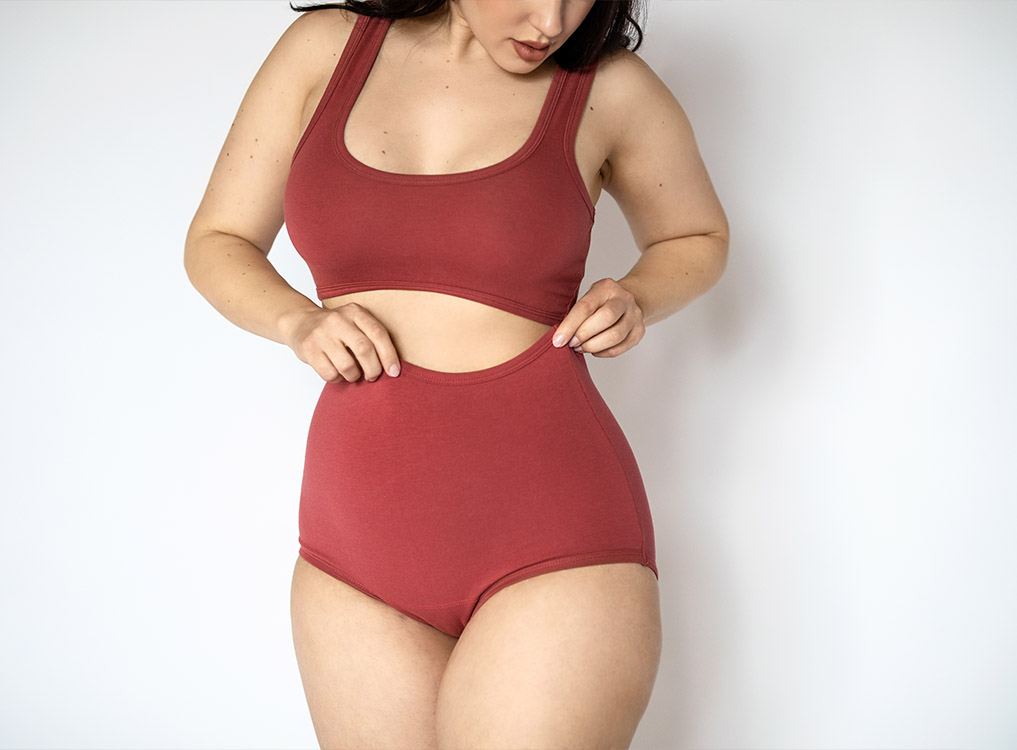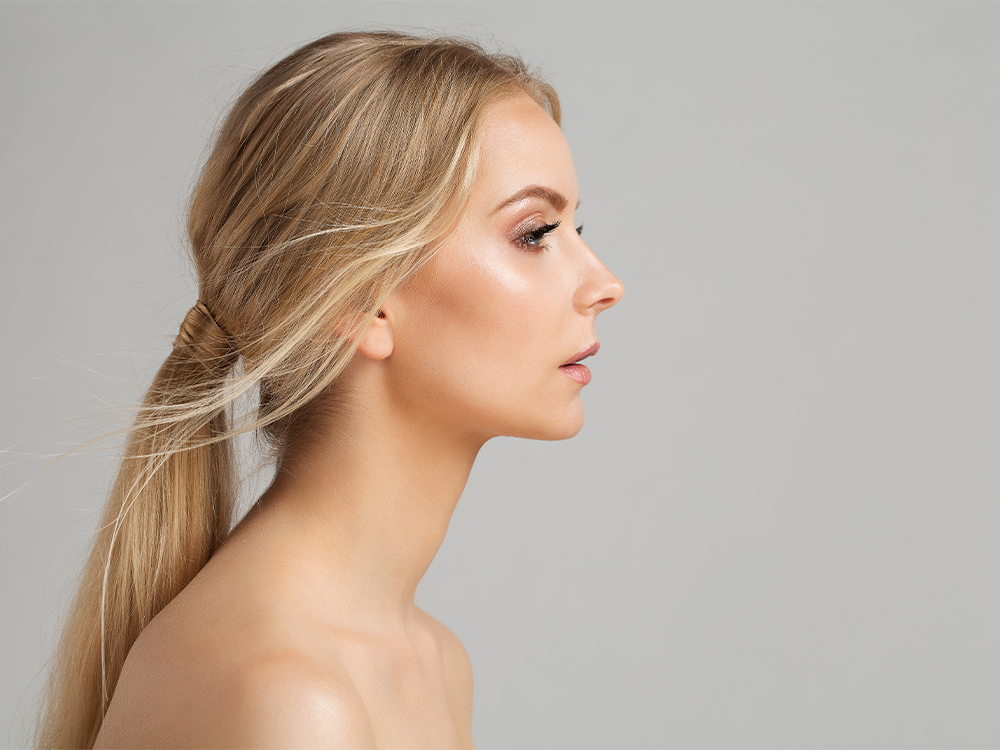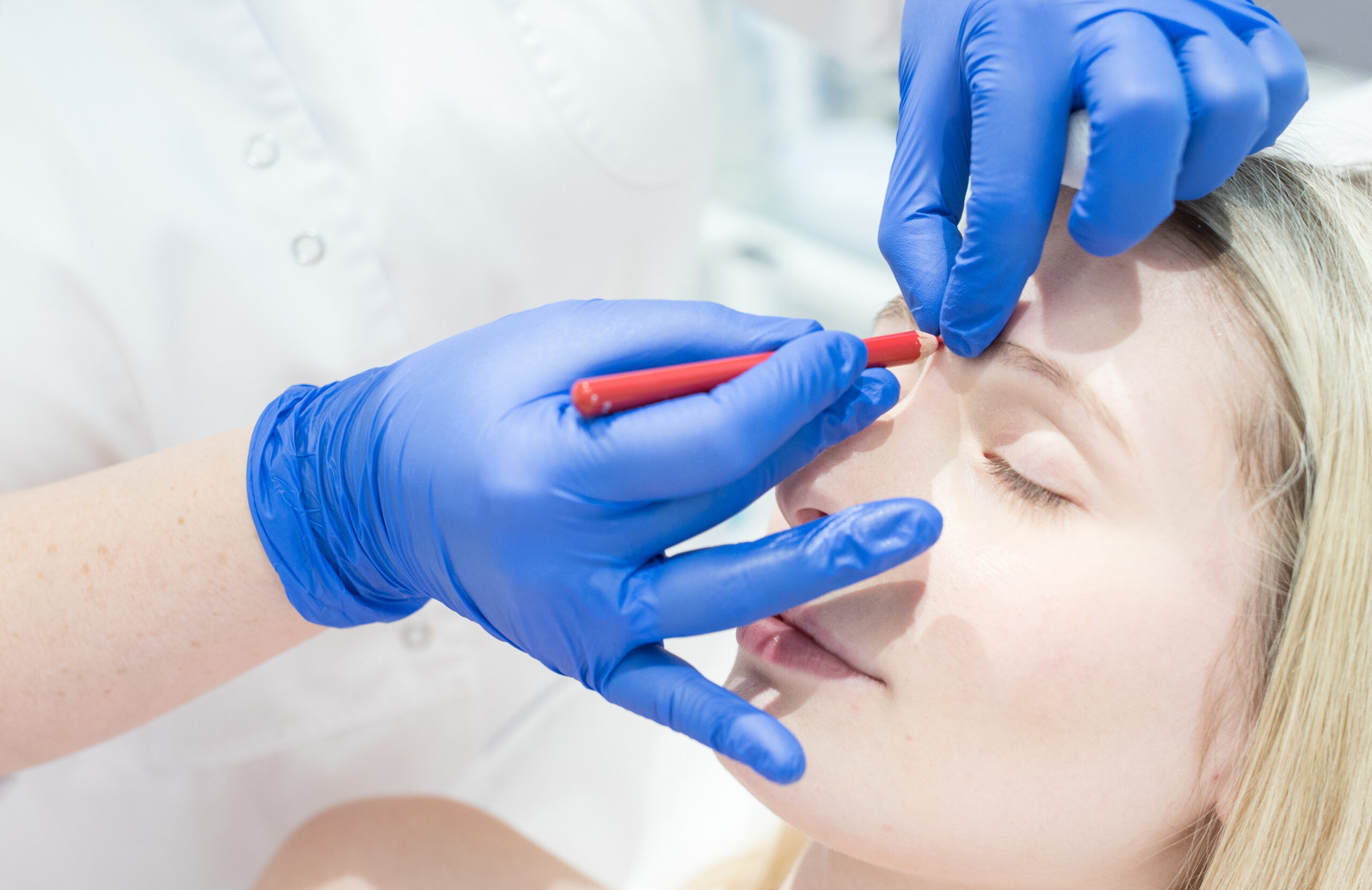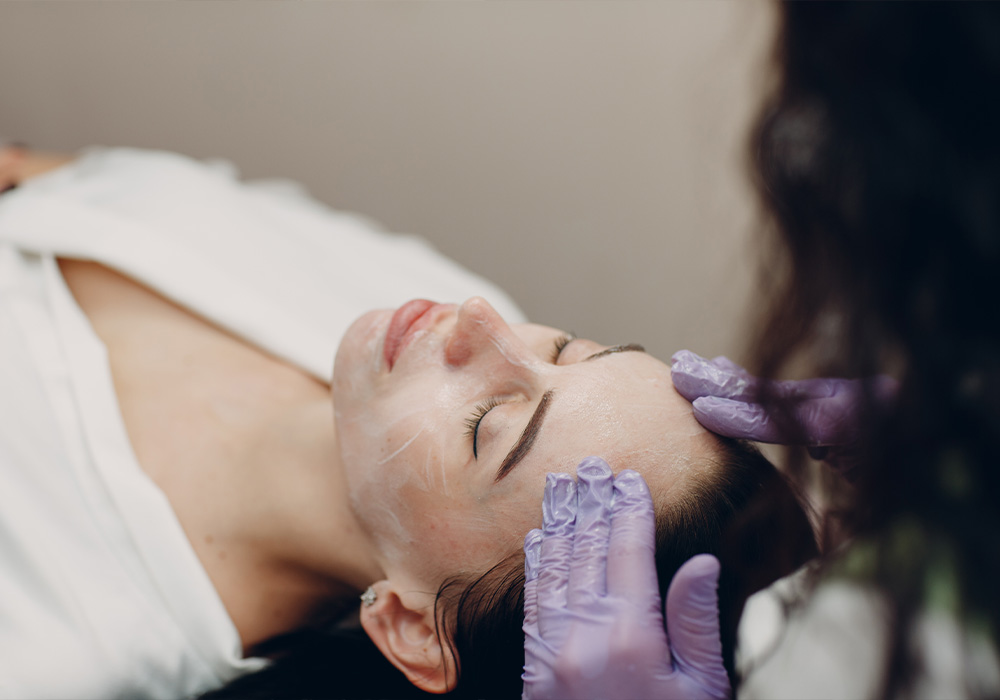Nose jobs, boob jobs, tummy tucks: they’re all procedures we’re familiar with because they’re constantly in high demand in every plastic surgeon’s practice. Patients are looking for a cuter nose, larger breasts, or a smaller stomach, but sometimes we forget just how vast the world of plastic surgery actually is. Nowadays, consumers are exploring plastic surgery for other parts of the body, including the buttocks, the cheeks, and the ears. Yes, even ears are getting some work done. We spoke to California-based plastic surgeon, Goretti Ho Taghva, MD, FACS, about what actually goes into otoplasty (or “ear plastic surgery”) and why her clients are asking for it.
You May Also Like: An Often-Overlooked Facial Rejuvenation Procedure Made This Woman Look 10–15 Years Younger
NewBeauty: So what, exactly, is otoplasty, and what percentage of your patients come into your office for this procedure?
Dr. Ho Taghva: Otoplasty refers to surgical and nonsurgical procedures for correcting the deformities of the pinna (or external ear). About 5-8% of my patients come in for an actual surgery on the pinna, and 15-20% of my patients ask for nonsurgical procedures to the pinna, like fillers in the earlobes.
NB: What can you do to make the ears look different?
Dr. Ho Taghva: I perform otoplasty for prominent ears to surgically decrease the angle of the ears from the skull and to help recreate the normal, more symmetric ear-to-scalp distance. I also perform surgeries to correct Stahl’s ear deformity, which is pointy ear shape and an extra cartilage fold in the scapha portion of the ear. More common otoplasty procedures would be earlobe repair to help correct split earlobes, earlobe deformities from ear gauging, and post-facelift earlobe deformity.
NB: What about their ears do most patients complain about?
Dr. Ho Taghva: Patients usually complain of prominent ears / protruding ears that stick out too much. Other issues include deformed earlobes from previous facelift surgeries, split earlobe from heavy earrings, or a deformity from ear gauging practices.
NB: How long does an otoplasty procedure take, and what does the recovery process look like?
Dr. Ho Taghva: Most otoplasty procedures take about an hour. Recovery for earlobe repair is typically shorter and easier than, say, surgeries for prominent/ Stahl’s ear. For earlobe repair, the patient is advised to let the earlobe recover and should refrain from re-piercing the same spot and to not wear heavy earrings for six months. As for otoplasty procedures for prominent ears/ Stahl’s ears, patients should not sleep on their sides for six weeks after surgery and most patients would wear an ear cup to protect the ears while they sleep during that time.
NB: Okay, so I have to ask: can this procedure possibly damage the eardrum/damage your hearing permanently?
Dr. Ho Taghva: No! Otoplasty really just addresses the external ear/ pinna and should not affect the internal structures.
NB: Why are men and women getting fillers in their earlobes?
Dr. Ho Taghva: Fillers to the earlobes are very commonly done, and I routinely use hyaluronic acid fillers to volumize earlobes in my practice. Some patients are born with thin earlobes, some patients just lose volume in their earlobes as they age and would like fuller earlobes so they look better with their earrings. Also, in certain cultures, having fuller earlobes is considered a lucky trait, so some patients do it for that reason. I also have patients who want fillers in their earlobes after their previous facelift surgeries to help camouflage the earlobe malposition that was caused by suboptimal facelift incision/planning.

















